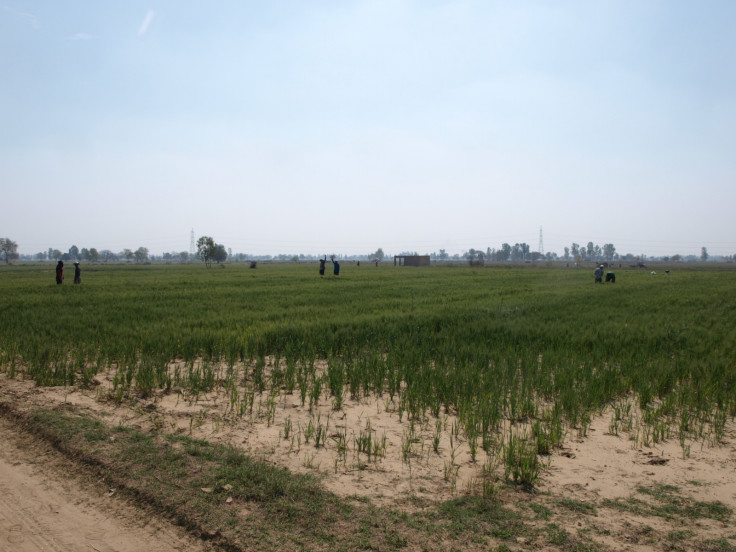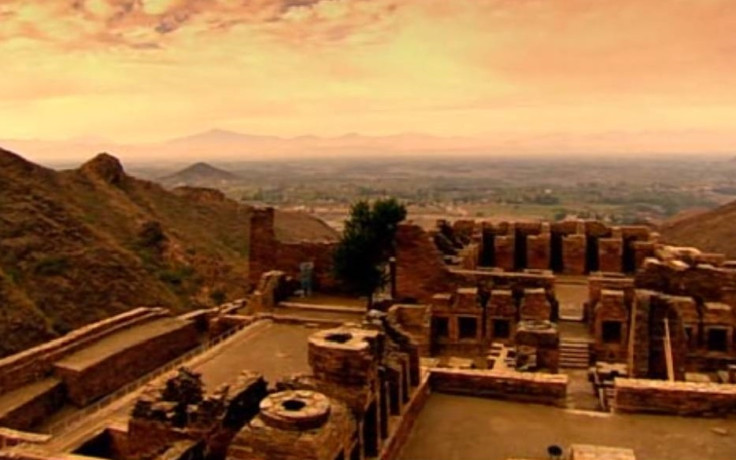If climate change didn't cause Indus cities to collapse – what did?
Looking at how ancient civilisations reacted to climate change may help understand present challenges.

Attributing the collapse of the Indus civilisation's cities to climate change is overly simplistic, scientists have said. New archaeobotanical data suggest these people were already well adapted to respond to shifts in rainfall and variable environmental conditions before the development of urban centres.
The study of climate change and the relationship between men and their environment is an important area of scientific research and one of the most pressing issues at present.
As a result, there is an ongoing interest in investigating the way ancient societies interacted with ecosystems, and responded to environmental changes in the past.
In a paper now published in Current Anthropology, scientists have taken the example of the South Asia's Indus civilisation (c.3000-1300 BC) to gain a greater understanding of how these ancient communities reacted to evolution in the climate.
"One thing is clear about the Indus civilisation, they were very conscious of their local environment and how to survive in it. Indus farming operated within the capacities of the landscape and could adapt to changing climate patterns", lead author Cameron Petrie told IBTimes UK.
"Today, the scale of farming in India is quite different to what occurred in the past, everything is much more mechanised and intensive so it is hard to draw direct lessons from the past - but we hope that our work reminds people that climate change can happen and that adaptation is crucial to survive it".
The scientists used data from a seven-year research project known as the Land, Water and Settlement project – a collaboration between the University of Cambridge and Banaras Hindu University.
Climate change in the region
The case of the Indus civilisation is particularly interesting because there is a growing body of evidence that northern India was submitted to climate change when it was at its height, around 2500-1900 BC.
This includes the fact that the level of water in the deep lake Kotla Dahar, close to where people would have lived, was progressively reduced due to two dramatic decreases in rainfall.
One of these occurred around 2200-2000 BC, with an abrupt weakening of the monsoon which led to the lake nearly disappearing. Records of minerals deposited by water in Oman and north-east India at the time back up this theory.

Scientists have previously hypothesised that it is these shifts in the climate which led the Indus civilisation to diversify its agriculture methods and the type of crops that it cultivated. It has also been suggested that the shift to more diversified agricultural practices may have contributed to the decline of urban centres.
"The thinking was that it is harder to generate a surplus when you are diversifying and to support a city, so the idea was that this led to the demise of Indus cities. However, our work contradicts this view by showing that agricultural diversification was not an innovation in response to climate change, but something that predated the establishment of Indus cities and their collapse", Petrie explains.
With his team, he has found evidence for the use of millet, rice, and tropical pulses during the pre-urban phase of the Indus civilisation.
People were already growing diverse crops, and well-adapted to living in variable environmental conditions, long before the development of urban centres - so diversification of agriculture was not a direct cause of the decline of the Indus civilisation and their cities. Their degree of preparation and long-term adaptation to changes in their environment can be a source of inspiration for us today.
© Copyright IBTimes 2025. All rights reserved.






















